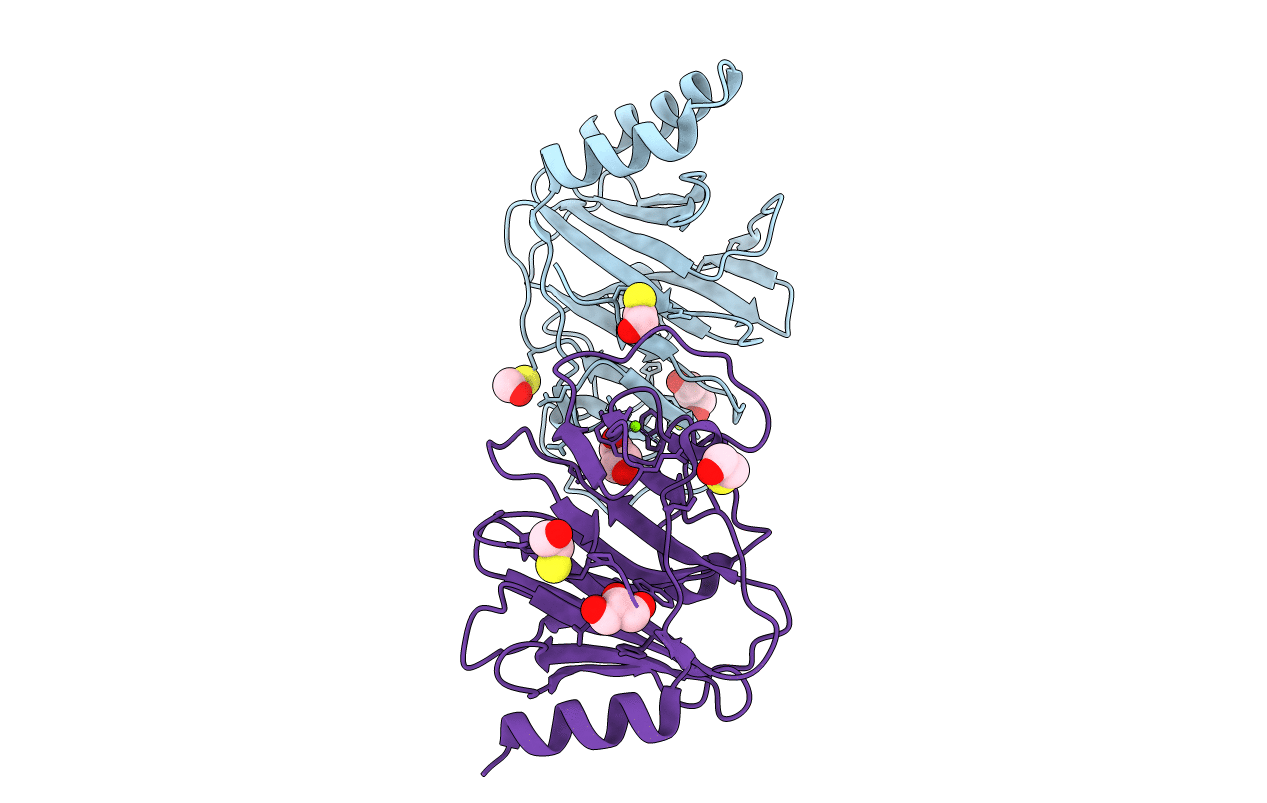
Deposition Date
2016-01-15
Release Date
2017-07-26
Last Version Date
2023-09-27
Method Details:
Experimental Method:
Resolution:
1.93 Å
R-Value Free:
0.22
R-Value Work:
0.19
R-Value Observed:
0.19
Space Group:
P 1 21 1


